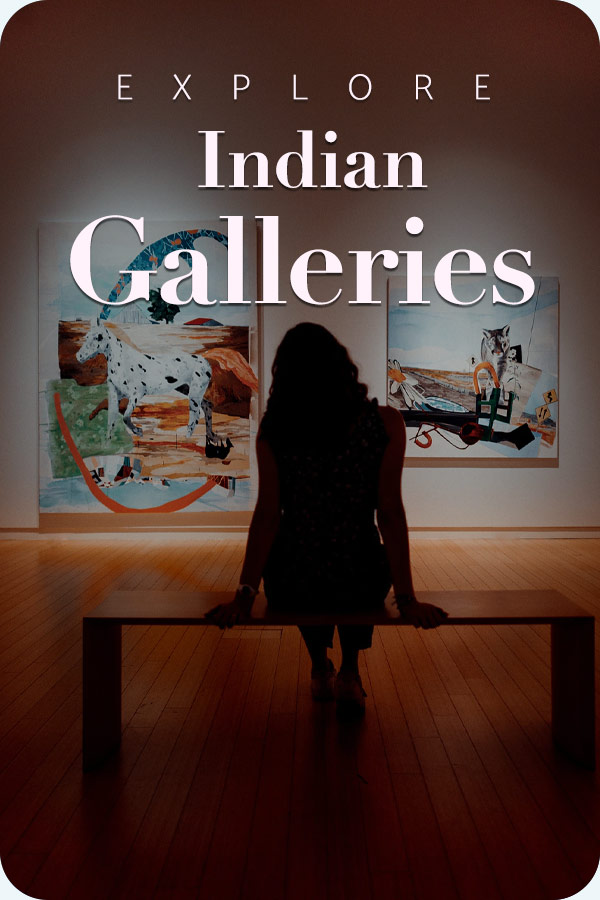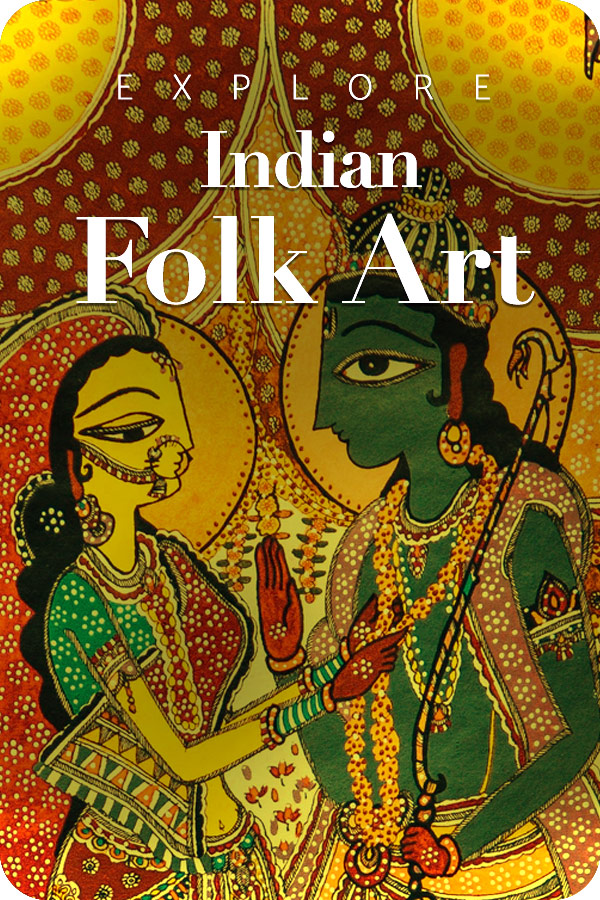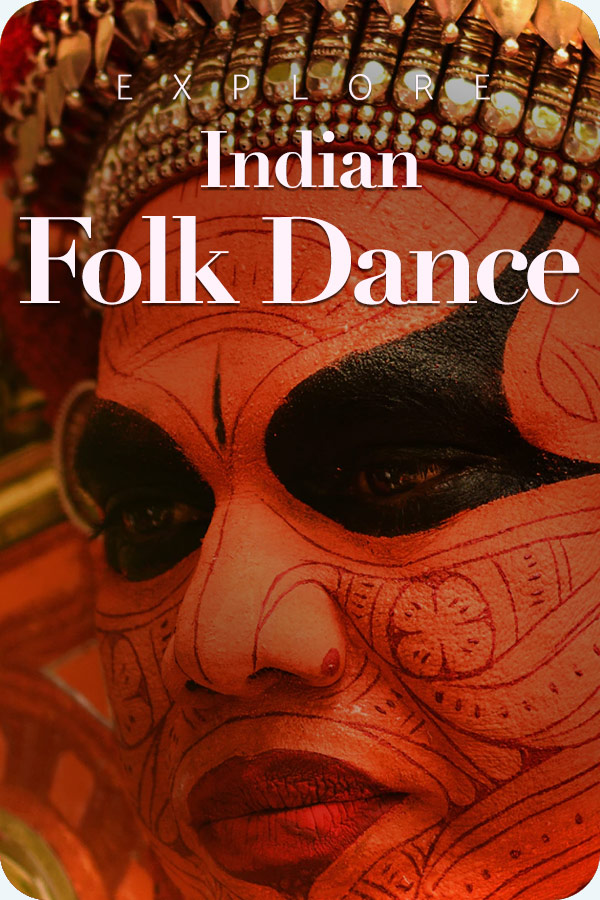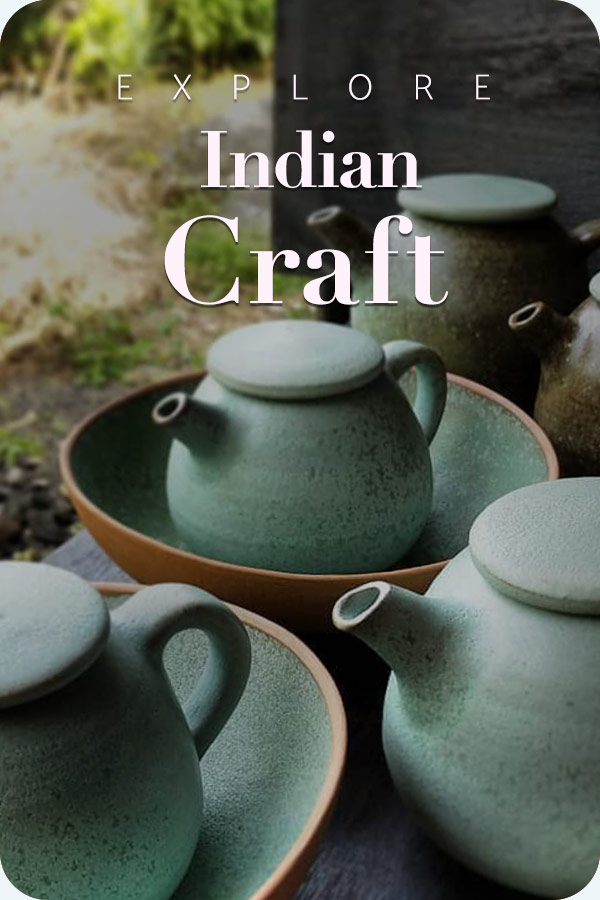
The Taj Mahal Palace, Mumbai, is all set to host the exhibition titled Shared Lives, Distinct Visions: Artist Couples in India, scheduled to run from 11 November 2025 to 3 January 2026. The inception of this event shall add to DAG’s rich collection as a deeply revealing theme. The main emphasis of this event is on the role of companionship and how it leaves its mark on modern Indian Art. This offers a unique space where life partnerships are nurtured in parallel through artistic expression.
The Idea Behind the Exhibition
View this post on Instagram
Artistic journeys are often perceived in isolation, but this exhibition definitely flips the script. The core premise of “Shared Lives, Distinct Visions” is an intellectual and emotional dive into how intimacy, mutual regard, and critical exchange become a “quiet catalyst” for artistic development. The exhibition will feature the works of an artistic couple whose paths glided on distinctive planes and then got intertwined. The list of featuring artists includes iconic names such as Madhvi and Manu Parekh, Arpita and Paramjit Singh, Gulammohammed and Nilima Sheikh, and Jyotsna and Jyoti Bhatt, representing styles and regional schools of art across generations, and unified by the common thread called partnership.
The curatorial premise notes: “In these relationships, partnership becomes a quiet catalyst—encouraging experiment, offering critique and deepening understanding—while each artist continues to forge a path uniquely their own.” Now, considering the dynamics between Madhvi and Manu Parekh, Manu is known for his aggressive, often spiritually charged abstractions on canvas, whereas Madhvi draws her themes from vibrant, folk-inspired vernacular bases. Similarly, in the case of Gulammohammed and Nilima Sheikh, Nilima’s explorations often lean towards gender and mythology, while Gulammohammed delves into history and cosmopolitanism. This non-homogeneity among these pairs does make them intellectual equals, but the essence of non-proximity that exists in their work does secure a space for each to explore their radical differences as well.
As scholar P. N. Mago noted, couples like Kanwal and Devayani Krishna were not only pioneers in watercolours and graphic media but also played significant roles in art education, demonstrating how their shared intellectual and professional lives reinforced their distinguished contribution to the contemporary scene. The presentation of their works side by side allows the viewers to trace the influences of influence and divergence in real-time. This way, DAG is ensuring that Indian Modernism in art should be re-read from the prism of relationships as well.
Why It Matters
The dynamics of intimate artistic companionship, how two artists live, work, and influence each other while maintaining separate identities, remain underrepresented. This exhibition addresses that gap. It underscores how such dynamics influence trajectories, mediums, critiques, and experimentation. It also opens up a sequence of inquiries, such as how do personal relationships shape artistic output? In what ways do gender, geography, medium, and institution come into play in couples working side by side? And a lot more.
| Important Points | Description |
|---|---|
| Exhibition Title | Shared Lives, Distinct Visions: Artist Couples in India |
| Organiser | DAG (Delhi Art Gallery) |
| Theme | The exploration of how intimacy and life partnership influenced the distinct, parallel artistic practices of modern Indian art couples. |
| Featured Couples | Madhvi & Manu Parekh, Arpita & Paramjit Singh, Devayani & Kanwal Krishna, Gulammohammed & Nilima Sheikh, Reba & Somnath Hore, Jyotsna & Jyoti Bhatt, among others. |
| Significance | Among the largest exhibitions of its kind, it challenges the myth of the solitary artist by focusing on the power of creative dialogue. |
| Venue | The Taj Mahal Palace, Mumbai |
| Dates | November 11, 2025 – January 3, 2026 |
| Timings | 11:00 AM – 7:00 PM (Closed on Mondays) |
Key Highlights
- The idea of parallel practice: the show emphasises that while the artists share lives, each vision remains independent and self-directed.
- The diversity of mediums and generational spread among couples: from watercolours and graphic media (e.g., Kanwal & Devayani) to modern painting and printmaking.
- A deeper look at education and mentorship within partnerships — how couples have been teachers, critics, collaborators, and supporters of each other’s practice.
- Contextualising the partnership in Indian modern art: recognizing the ecosystem of peers, institutions, family and domestic life that shape creation.
- Spatial and aesthetic curation: the choice of The Taj Mahal Palace (a heritage site) as venue underlines the blending of intimacy (home, partnership) and public exhibition.
- The exhibition’s capacity to open up dialogues about gender, creativity and recognition: for instance, how women artists in couples define themselves beyond the partnership.
Takeaway
The primary argument central to this exhibition is that the history of art is not merely a record of individual genius, but also a dynamic niche shaped by relationships. By presenting these couples, DAG is not sentimentalizing the domestic sphere; rather, it is offering a creative spotlight in support of a shared daily life as important to a masterpiece.This exhibition humanises the artists we admire, and bring them a step closer to the audience in a shared bond of “better half”. For the aficionados of modern Indian art, this exhibition is a conceptual complex for reimagining creative relationships and their contribution to the artistic landscape.







